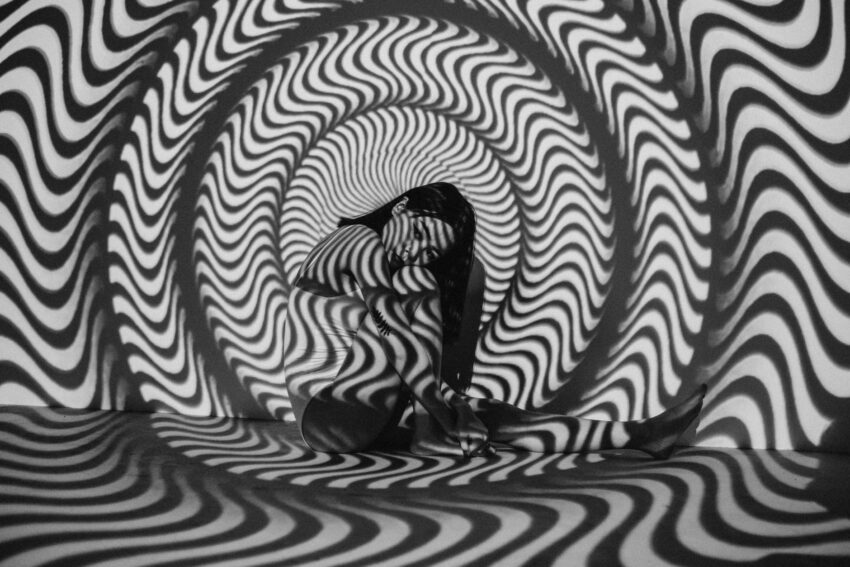From the sacred rituals of ancient civilizations to the vibrant counterculture of the 1960s and the modern era’s vanguard scientific research – the psychedelic history seamlessly weaves into the world’s rich cultural and spiritual tapestry.
The origins of psychedelics trace back to the early vestiges of human civilization, often intertwined with ancient religious and spiritual practices. Archeological evidence points towards the use of psychoactive substances in the Upper Paleolithic era, nearly 40,000 years ago. Cave paintings from this period depict figures with mushrooms sprouting from their bodies, implying the probable use of psilocybin mushrooms ancient psychedelics.
Indigenous cultures worldwide have a rich history of incorporating psychoactive substances into their spiritual rituals and medicinal practices. Psychedelics such as peyote, ayahuasca, and iboga have been central to religious ceremonies, healing rituals, and rites of passage in many indigenous societies. The indigenous use of psychedelics continues even today, illustrating their integral place in these communities’ spiritual and cultural traditions.
In the Americas, the indigenous use of psychedelics was widespread. The Aztecs, for instance, used “teonanácatl,” which translates to “God’s flesh,” a clear indication of the spiritual significance of psilocybin mushrooms. Similarly, the peyote cactus, which contains mescaline, has been a cornerstone of the spiritual practices among Native American tribes in the Southwest.
In Africa, the Bwiti spiritual tradition uses the root bark of the Iboga plant; the psychoactive compound ibogaine is a crucial part of initiation rites and healing ceremonies. These examples show an undeniable link between the historical roots of psychedelics and indigenous cultures.
Moving forward to the modern era, the 1950s and 60s marked a wave of interest in psychedelics in the West, often attributed to R. Gordon Wasson’s discovery of psilocybin mushrooms in Mexico and Albert Hofmann’s synthesis of LSD. These developments ushered in a new chapter in psychedelic history. The proliferation of these substances in the counterculture movements led to a widespread interest in their potential therapeutic uses and their ability to alter human consciousness.
Unfortunately, this period also marked the beginning of widespread misunderstanding and vilification of psychedelics, leading to their criminalization in the late 60s and 70s. However, the historical roots of psychedelics could not be entirely erased, and they maintained a strong underground presence.
The twenty-first century, often heralded as the second wave of psychedelic research, owes much to these historical events and the persistence of psychedelic traditions. Today, psychedelics are being widely studied for their potential in treating a variety of mental health disorders such as PTSD, depression, and addiction. This resurgence of interest in psychedelics is a testament to their enduring importance in human culture and medicine.
Recognition and understanding of the complete psychedelic history – from their origins in ancient communities to their modern applications, is paramount in reducing misconceptions, promoting safe use, and advancing the ongoing research in this fascinating field. Remembering the indigenous use of psychedelics by ancestral societies can also serve as guidance for the contemporary world in creating respectful and mindful ways of integrating these powerful substances into modern practices.
The enduring presence of psychedelics throughout human history speaks volumes of their capacity to transform consciousness, heal wounds, and nurture an intimate connectedness with the spiritual and natural world. As we strive to understand and harness their potential, the lessons from their historical roots remain just as relevant today.
Sources:
1. Origins of psychedelics
2. Psychedelic history
3. Psychedelic traditions
4. Indigenous use of psychedelics
5. Historical roots of psychedelics
